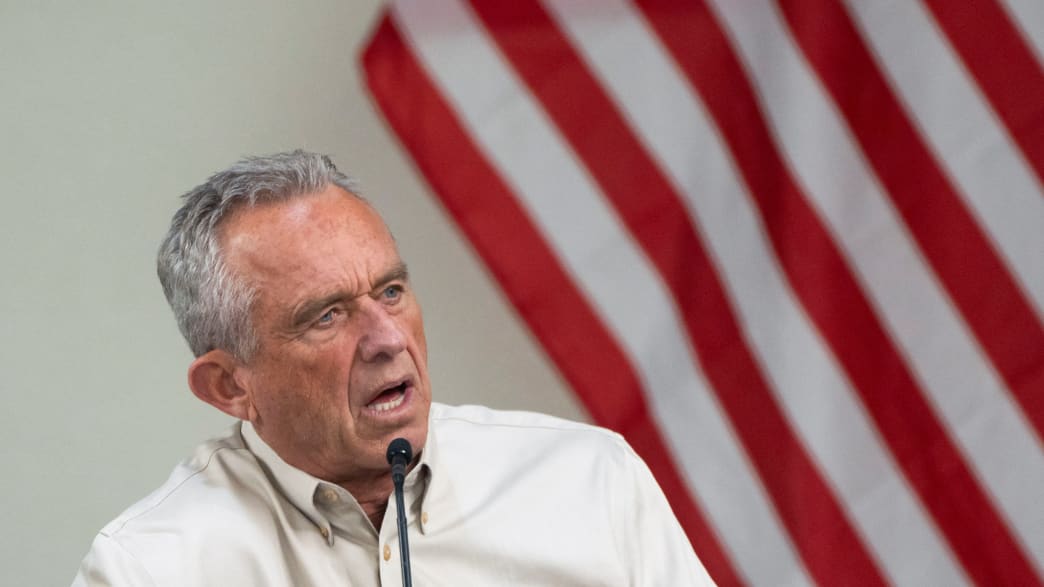Trump Assassination Attempt Unveiled: Gunman Eludes Security In Pennsylvania
A thwarted attempt on former President Donald Trump's life during a Pennsylvania rally has resulted in significant security and leadership repercussions.
A failed assassination targeting Trump during a Pennsylvania rally sparked a comprehensive security investigation and led to the resignation of the Secret Service's director, according to the Daily Mail.
On July 13, during a political rally in Butler, Pennsylvania, 20-year-old gunman Thomas Matthew Crooks opened fire near the event, targeting former President Donald Trump.
The immediate consequence was Kimberly Cheatle's resignation as Director of the Secret Service after severe scrutiny over security failures that enabled the assailant to act.
The Secret Service had been monitoring Thomas Matthew Crooks for over an hour and a half before the incident. Countersnipers confirmed his suspicious presence and communicated concerns through secure channels.
Gunman Known To Secret Service Prior To Incident
Crooks was observed sitting on a picnic table near the rally site before he moved to a nearby building. The movement raised alerts among the counter snipers, who exchanged detailed messages about his suspicious behavior.
One countersniper noted, "Kid learning around building we are in. I did see him with a range finder looking towards the stage. FYI. If you want to notify SS snipers to look out. I lost sight of him." This message underscores the high alert among the security personnel before the shooting commenced.
The situation escalated when Crooks, moving to the building's roof, began his assault. During the attack, Corey Comperatore, a retired volunteer fire chief, was tragically killed, and several others were injured.
Details of the Attack Unfold
Authorities found explosives in Crooks' car and a drone flown near the rally stage, complicating the security breach and revealing the attack's deliberate nature.
FBI Director Christopher Wray revealed that Crooks had a strong interest in political assassinations, especially inspired by Lee Harvey Oswald, who assassinated President John F. Kennedy.
Crooks' planning involved registering for the rally on the same day he searched for information about Oswald, indicating a calculated approach to the assassination attempt.
Responses From Officials and Witnesses
In response to the attack, Kimberly Cheatle, then Director of the Secret Service, accepted full responsibility for the security lapse. She stated, "The buck stops with me," and described the event as "unacceptable" and one that "shouldn't happen again."
Donald Trump, reflecting on the bravery of his security detail, particularly praised a Secret Service agent, stating, "She wanted to take a bullet," acknowledging the agent's bravery in the face of danger.
Further investigations are ongoing, and the motive behind Crooks' actions is still not fully understood. Notably, no ideological material was found that could clearly explain his intentions.
Investigations Continue Amidst National Concern
The investigation after the assassination attempt has revealed vulnerabilities in protecting public figures and raised questions about security agency coordination.
Authorities are delving deeper into the background and influence behind Crooks' drastic actions, as his motive remains unclear and no direct ideological motivation has been identified.
Kimberly Cheatle's resignation and subsequent changes within the Secret Service are initial steps toward tightening security measures and preventing future incidents. In conclusion, the attempted assassination of former President Donald Trump has highlighted significant security challenges and led to a high-level resignation.
The investigation has confirmed a deliberate attack, though the gunman's motives are still unclear. The incident has prompted a reevaluation of security protocols at political events, emphasizing the need for vigilance and continuous improvement in security measures.



